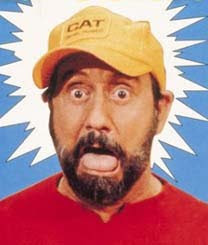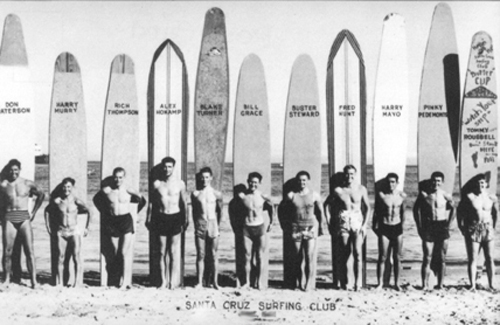
Street League Skateboarding was created by pro skater Rob Dyrdek in 2010 with the goal of bringing street skateboarding to a larger audience, while promoting the acceptance of the sport. Top pro’s in the street skateboarding scene compete at several tour spots around the world, with the opportunity to earn huge paydays.
What’s interesting about the SLS as opposed to other skateboarding contests is that it’s truly the first of it’s kind. Professional skateboarders, like Tony Hawk, have been competing and earning money for quite a long time, but never street skateboarders. The skaters that you see doing tricks on whatever obstacles they can find in an urban area usually aren’t welcome in the contest scene. Traditionally, large skateboarding contests around the world included only “vert” and “park” skaters. These are the skateboarders that you would find in skate parks or other designated areas for skateboarding. Street skateboarders on the other hand usually won’t step foot in one of these parks. The goal of these “street” skaters when skating is to find creative ways to use the environment around them, and this often means breaking the law.
When a street skateboarder begins to skate a spot, he or she usually leaves a mark of some sort on the concrete or metal that was being used. An obstacle is approached a certain way, and the wheels slide or the trucks leave paint, and a unique mark is left. Some call this vandalism, but many consider it a form of expression and a vital part of the sport. Personally, when I see a feature with wheel marks it instantly causes me to wonder what exactly the skater was doing. You can walk around many city streets and see these marks if you look closely enough. Recently, this style has overtaken vert and park skating in terms of popularity. Rob Dyrdek noticed this and created Street League Skateboarding in an effort to take the aesthetics of street skating and showcase it to the world. However, I’m not sure he has done so successfully.
Part of what made skateboarding so interesting in the first place was the rebellious and creative nature of it. As a skater, and even an artist, you had the ability to disrupt urban features in a totally unique way. Skateboarding originally began with skaters utilizing empty pools and large hills, and essentially anything that allowed for them to pick up speed. However, as the skate parks began to to mimic these features, the skaters left the neighborhoods and went to the parks. The skaters that stayed on the streets after the creation of parks are the same kind of guys that are now the face of Street League Skateboarding. However, I don’t know if these contests really capture the creativity of these skaters. Dyrdek’s league aims to capture the imagination of these skaters, but I don’t know if it does this effectively. The venues for the competitions consist of obstacles made specifically for skaters, and I don’t know if this aligns with street skateboarding. These skaters can’t creatively approach these obstacles and leave their mark like they can on city streets.
Dyrdek is looking to decriminalize a branch of skateboarding that almost needs to be criminal in order to be authentic. Street League Skateboarding attempts to take creative disruption and place it in an arena and charge admission, and I just don’t know if it’s that simple.







